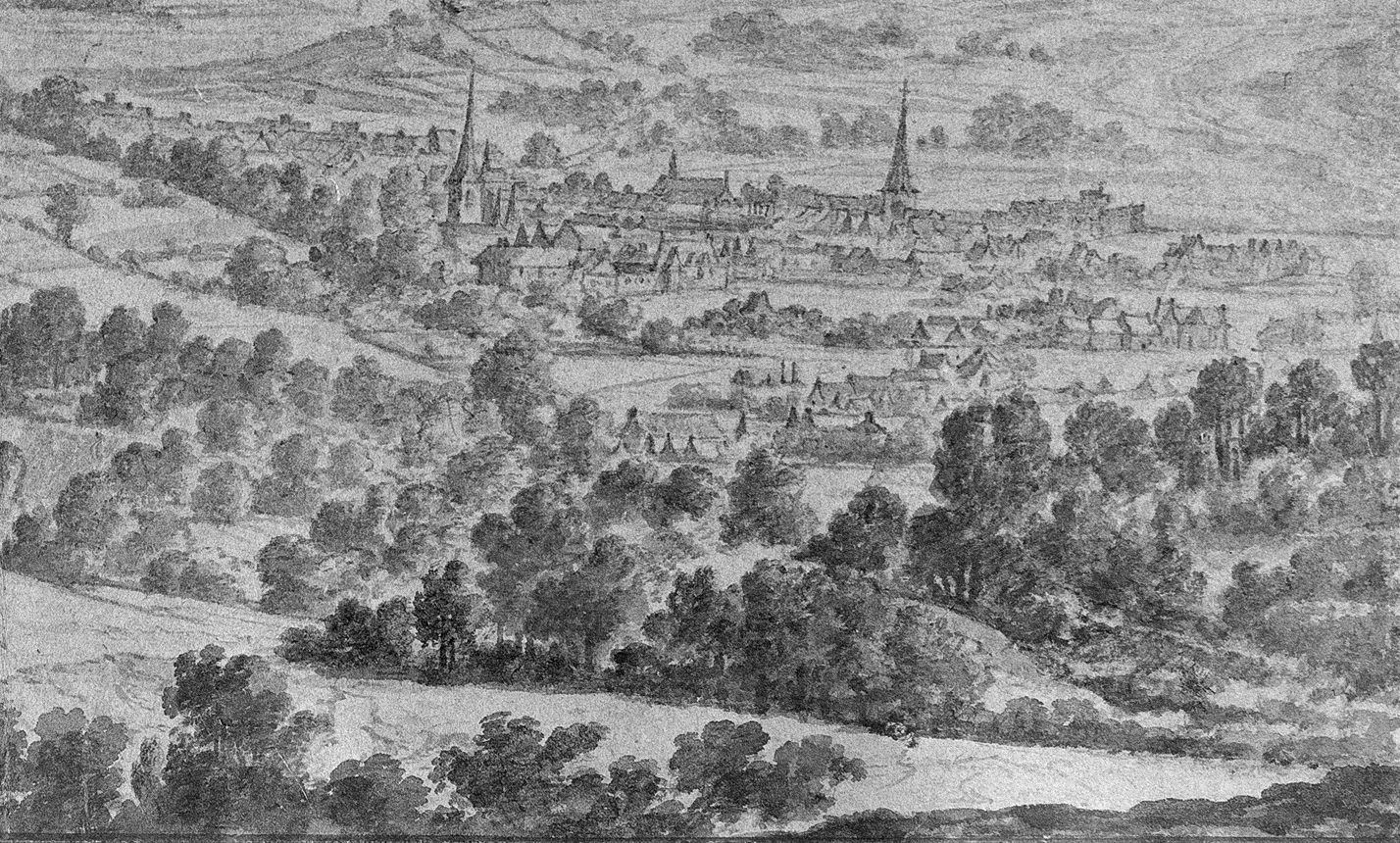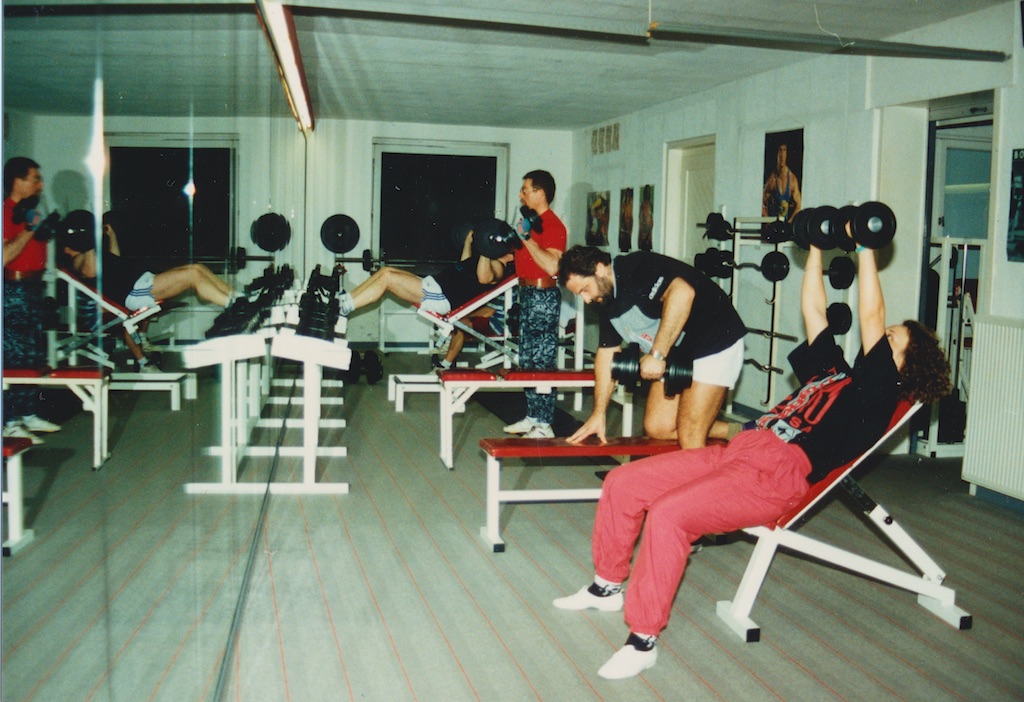The American film series ‘Rambo’ (from 1982 on), ‘Terminator’ (from 1984 on), or the TV series ‘Baywatch’ (from 1989 on) were representative of the first fitness, body image, and aerobics wave of the 1980s. In 1986, Paul-Rainer Gillessen, then a sports instructor with the Belgian armed forces, set up the first training facilities in his basement in Sankt Vith as an offer (‘Vita Sport’) for others. The training possibilities expanded from bodybuilding to cardio exercises and aerobics. In 2003, ‘Injoy’ was built in Rodter Straße and opened in January 2004, which has been called ‘emotion’ since 2013.
In the 2010s, the second big fitness wave began. Instagram and YouTube shaped a new do-it-yourself (DIY) body cult worldwide: the body as an individually mouldable shape, fascinating millions of people. On 23 August 2010, the fitness centre ‘Medifit’ opened in Bütgenbach. On 2 March 2015, ‘EMS Vitallounge’ followed in Sankt Vith (since 1 January 2017 in Luxemburger Straße) and on 1 September 2017 ‘Spartan Sports’ followed in Malmedyer Straße. Four fitness centres for around 31,000 inhabitants.
How does this offer change the sports landscape in the Belgian Eifel? When asked (2), the operators stated without exception that they do not see themselves as competitors to the sports clubs. Many users wanted to practise sport individually, supervised in accordance with their own rhythm, or to find a balance or a specific supplement to their club sport. In addition, there is good cooperation with many sports clubs. Health training also plays an important role.
Only 150 years ago, there were almost no sports clubs in the entire region. Gymnastics clubs were founded in the last quarter of the 19th century. Bicycle and football clubs followed during the interwar period. The boom in sports clubs began in the 1960s. The construction of numerous sports facilities (both indoor and outdoor) in the 1970s further increased the possibilities. Most of the infrastructure was provided by clubs. Back then, the majority of the people in the Eifel practised sport in clubs. Individual sport was the exception.´
Sport in the gym, however, enables a fundamentally individual sporting experience that is completely detached from club structures: the use of the infrastructure is paid for via a subscription, volunteering is not required, and the other participants allow for making friends – for example during joint training – but these are no longer a necessary prerequisite.
In the medium term, this offer will change the Eifel people’s view of sport, fitness, and the social conditions associated with it. The reactions of the clubs will determine whether they will be able to use this new offer as a strength, or suffer from it. Even though the history of gyms in the Belgian Eifel is only short, it shows how much our society is changing.
Carlo Lejeune
From ZVS, 2019/09, pp. 208-209.
(1) For the latest up-to-date figures, see FAZ, 11.4.2018, p. 21.
(2) Email from Spartan Sports on 12.12.2018, EMS-Vitallounge on 28.11.2018 and from Emotion-Fitness on 12.12.2018.

